Where and why is DC used?
Today there is not a single technological field where electricity is not used in one form or another. Meanwhile, the type of current that powers them is related to the requirements for electrical devices. And although alternating current is very common around the world today, there are still areas where direct current simply cannot be eliminated.
The first sources of usable direct current were galvanic cells, which in principle chemically gave accurate D.C., which is a stream of electrons moving in one constant direction. Hence the name «direct current».
Today, direct current is obtained not only from batteries and accumulators, but also by rectifying alternating current. Exactly where and why direct current is used in our century and will be discussed in this article.

Let's start with electric vehicle traction motors. Subways, trolleybuses, motor ships and electric trains have traditionally been powered by DC motors. DC motors they originally differed from AC motors in that they could smoothly change speed while maintaining high torque.
The alternating voltage is rectified in the traction substation, then fed to the contact network — this is how direct current is obtained for public electric transport. On motor ships, electricity to power the engines can be obtained from direct current diesel generators.
Electric vehicles also use DC motors that are powered by a battery, and here again we get the advantage in the form of a rapidly developing driving torque, and we also have another important advantage, the possibility of regenerative braking. At the moment of stopping, the motor becomes a permanent generator and is charged battery.
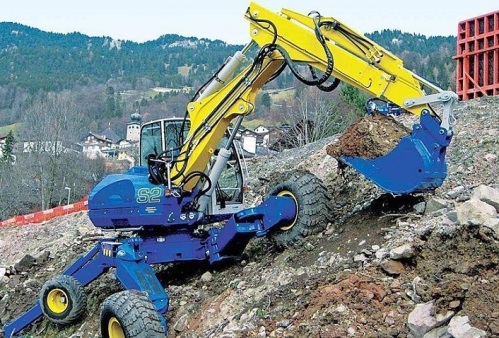
Powerful cranes in metallurgical plants, where it is necessary to smoothly cope with the enormous size and monstrous mass of ladles of molten metal, use DC motors, again because of their excellent controllability. The same advantage applies to the use of DC motors in walk-behind excavators.
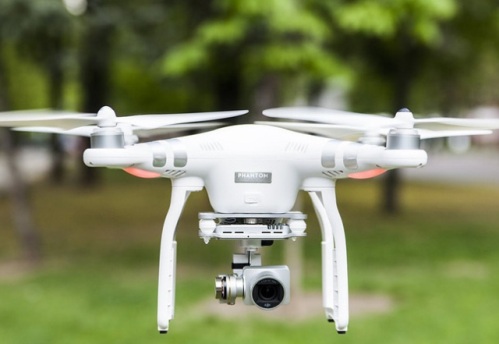
Brushless DC motors are able to develop enormous rotational speeds, measured in tens and hundreds of thousands of revolutions per minute. Thus, small high-speed DC motors are installed on hard drives, quadcopters, vacuum cleaners, etc. They are also indispensable as stepper drives for controlling various chassis.
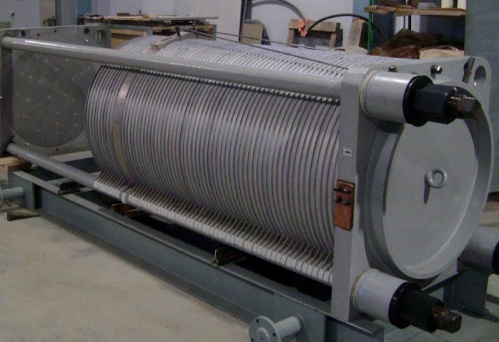
By itself, the passage of electrons and ions in the same direction in direct current makes direct current fundamentally indispensable. when performing electrolysis.
The decomposition reaction in the electrolyte, under the action of a direct current in it, allows certain elements to be deposited on the electrodes. This is how aluminum, magnesium, copper, manganese and other metals are obtained, as well as gases: hydrogen, fluorine, etc., and many other substances. Thanks to electrolysis, that is, direct current, whole branches of metallurgy and chemical industry exist.
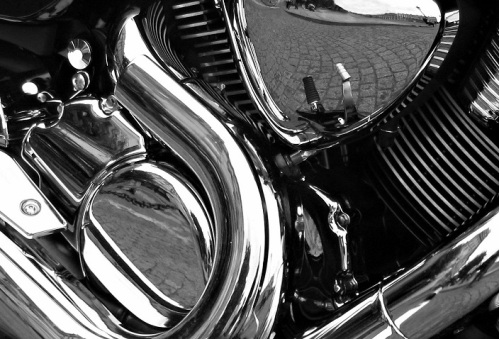
Galvanizing is unthinkable without direct current. Metals are deposited on the surface of products of various shapes, in this way chrome and nickel plating are carried out, printed plates and metal monuments are created. It is unnecessary to talk about the use of galvanization in medicine for the treatment of diseases.
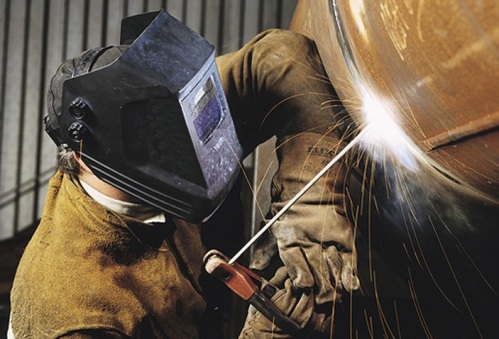
Welding with direct current is much more efficient than with alternating current, the seam is much better than when welding the same product with the same electrode, but with alternating current. All modern welding inverters provide constant electrode voltage.
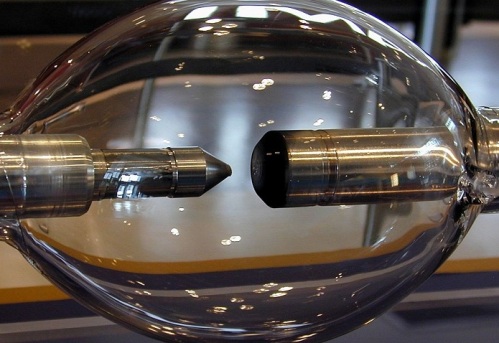
The powerful arc lamps installed in the projectors of many professional film studios give uniform light without arc hum, precisely because of the DC arc supply. LEDs, so they are mainly powered by direct current, which is why most floodlights today are powered by direct current, albeit obtained by converting AC mains current or from batteries (which is sometimes very convenient).
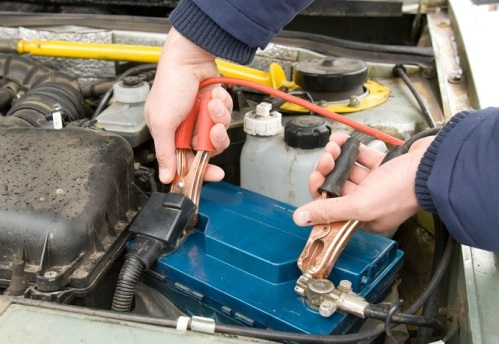
Although a car's internal combustion engine is powered by gasoline, it is started by a battery. And here there is direct current. The starter is powered by a 12-volt battery, and at the time of starting it draws tens of amps from it.
After starting, the battery in the car is charged by the generator, which generates alternating three-phase current, which is immediately rectified and fed to the battery terminals. You cannot charge a battery with AC power.
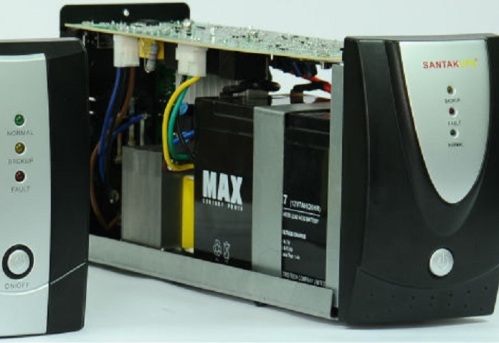
What about backup power supplies? Even if a huge power plant goes up due to an accident, then the auxiliary batteries will help start the turbine generators. And the simplest home uninterruptible power supplies for computers also cannot do without batteries, which provide direct current, from which, by converting to an inverter, alternating current is obtained. And the warning lights and emergency lighting — almost everywhere is powered by batteries, that is, direct current was useful here.
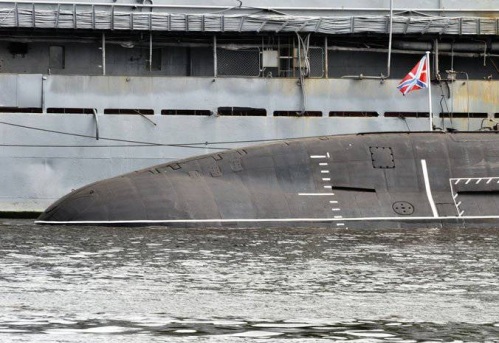
A submarine — and which uses direct current on board to power an electric motor that turns the propeller. Although the rotation of a turbogenerator on most modern nuclear-powered ships is achieved by nuclear reactions, electricity is supplied to the engine in the form of the same direct current. The same applies to diesel-electric submarines.

And of course, not only my electric locomotives, forklifts or electric cars use direct current from batteries. All electronic gadgets that we carry with us contain lithium batteries that provide constant voltage and are charged with constant current from chargers. And if we recall radio communication, television, radio and television broadcasting, the Internet, etc. In fact, it turns out that a large part of all devices are powered directly or indirectly by direct current from batteries.
